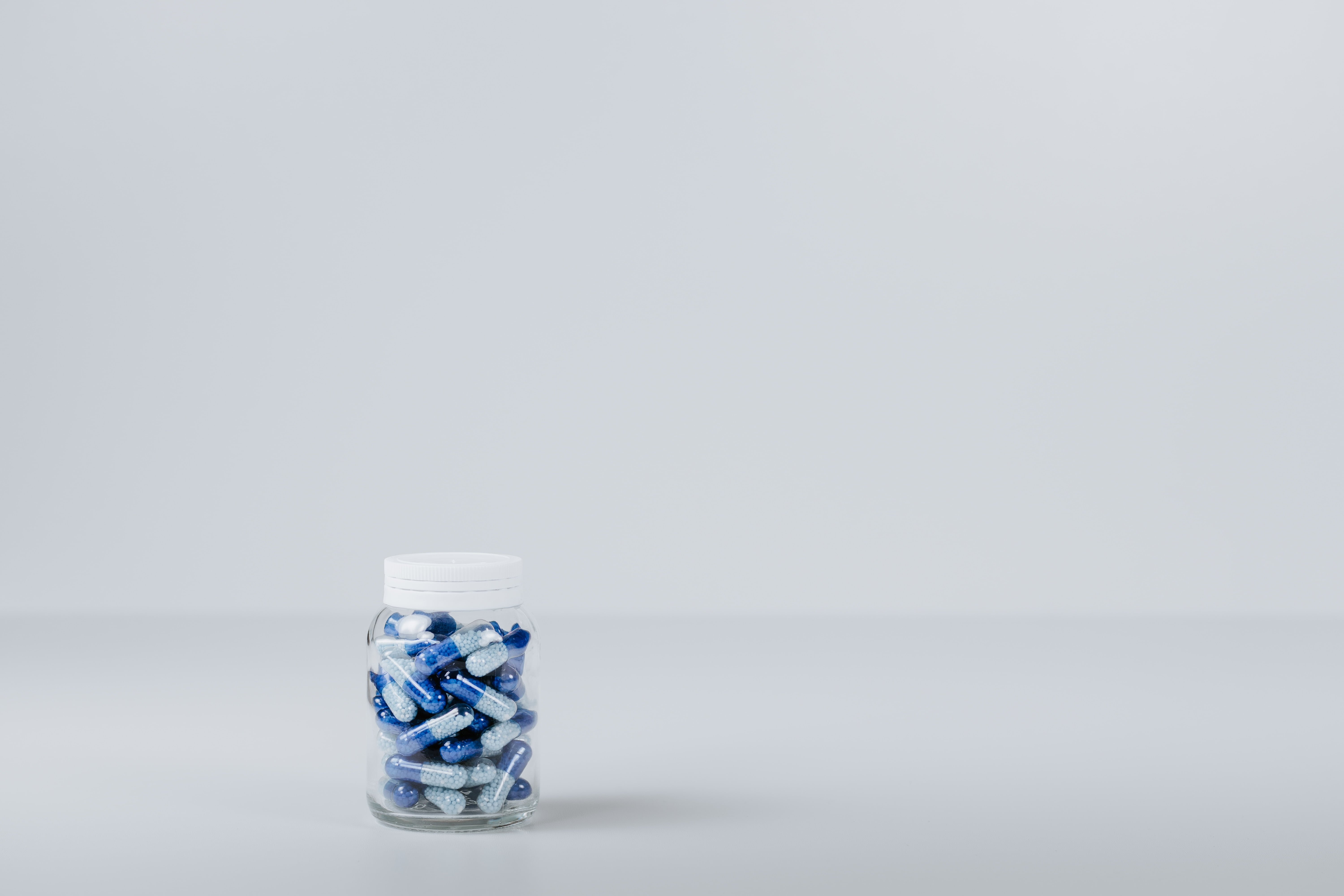Medication-assisted treatment (MAT), or medication-assisted recovery, combined with counseling and behavioral therapies, is an effective pathway to treat substance use disorders and to prevent opioid overdose.
Medication-assisted recovery is now the preferred phrase, which is considered less stigmatizing than MAT. For more information, visit our blog on language.

These medications are approved by the Food and Drug Administration and are a preferred treatment by the Substance Abuse and Mental Health Services Administration. The World Health Organization states medication-assisted treatments should be included on a list of “essential medicines.”
Who is medication-assisted recovery for?
MAR is primarily used in the treatment of opioid use disorders and to help people sustain recovery*. The medications work to normalize brain chemistry, relieve cravings, block the effects of alcohol and opioids, and normalize bodily functions.
Opioid use disorder affects 2.5 million Americans. Of the 70,000 Americans who died of a drug overdose in 2017, 68 percent of those deaths were attributed to an opioid, including prescription painkillers, illicit opioids like heroin, and fentanyl. Those numbers continue to rise year over year. The Centers for Disease Control and Prevention state that opioid-related deaths are six times higher than in 1999. On average, 130 Americans die every die from opioid overdose.
*They are also used for the treatment of alcohol use disorder and smoking cessation. However, this blog is focused on MAR for opioid use disorder.
How effective is MAR?
According to the Substance Abuse and Mental Health Services Administration, medication-assisted recovery is proven to be clinically effective and to significantly reduce the need for inpatient treatment services. MAR provides a comprehensive tailored program that combines medication and therapy, as well as offering additional support services. It has been shown to:
- Improve rates of patient survival
- Increase social function and retention in treatment programs
- Decrease illicit opiate use, opioid-related overdose deaths, criminal activity, and infectious disease transmission
- Increase the patient’s ability to gain and maintain employment
- Improve outcomes in opioid-dependent pregnant women and their babies
The World Health Organization states “The accumulated data demonstrate that treatment of opioid dependence with buprenorphine is a major public health tool in the management of opioid dependence and in HIV/AIDS prevention and care for opioid dependent injecting drug users.”
Unfortunately, less than half of privately funded substance use disorder treatment programs offer medication-assisted recovery, and only one-third of patients with opioid dependence in these programs receive it. According to the National Institute on Drug Abuse, the treatment plans including MAR fell from 35 in 2012 to 28 percent in 2012. They state that the US does not have sufficient treatment capacity to provide MAR to all patients with opioid use disorder.
Which medications are used in MAR?
There are three types of medication used to treat substance use disorders:
- Agonists: These medications activate the same parts of the brain as particular drugs, and serve to offset withdrawal symptoms. While they mimic the effects of drugs, they only produce a mild effect. Methadone (brand names Dolophine and Methadose) is the main agonist used in MAR.
- Antagonists: These medications block the effects of opioids. They include naltrexone (brand name Vivitrol) and naloxone (brand name Narcan).
- Mixed agonist-antagonists or partial agonist/antagonists have the dual effect of mildly activating opioid receptors in the brain and blocking the effects of opioids and suppressing withdrawal symptoms. These medications include buprenorphine (brand names Suboxone, Subutex, Probuphine, and Sublocade) and the combination of buprenorphine and naloxone (brand names Suboxone, Zubsolv, and Bunavil).
Counseling and behavioral treatment
The second crucial component of MAR is behavioral treatment. Most programs require regular attendance with a counselor, as well as individual and possibly group therapy. And depending upon whether the patient is in inpatient or outpatient treatment, the frequency of sessions varies from multiple sessions a week to once or twice per week. The types of therapies include:
- Cognitive behavioral therapy — helping the patient to identify triggers and stressful situations, and develop coping strategies
- Family therapy — designed to address teen drug use within the family unit and improve family functioning
- Motivational interviewing — a client-centered therapy that helps the person find the motivation to change
- Motivational incentives — uses methods of positive reinforcement to maintain recovery
Common misconceptions about MAR
It is a common misconception that medications like methadone and buprenorphine substitute one drug for another. But these medications do not produce a feeling of being high. Rather, the medications are used as a therapeutic treatment: reducing cravings and symptoms of withdrawal, as well as restoring balance in the brain after the damage caused by addiction. This allows the patient to focus on recovery.
For more information about programs in your state, you can access SAMHSA’s treatment locator.
To find more information about accessing recovery resources and gaining crucial support for recovery, you can visit our mutual-aid resource list.
